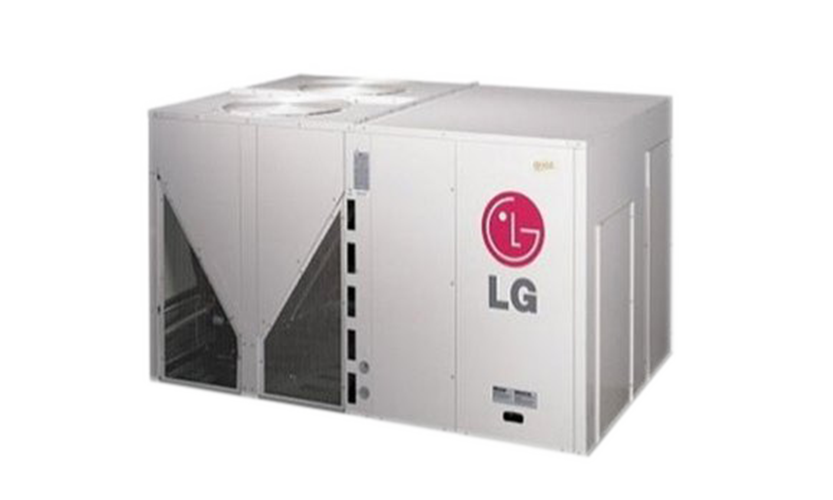How does a Rooftop HVAC Unit Work?
How does a Rooftop HVAC Unit work?
A rooftop HVAC unit, or RTU, work comparatively to most indoor frameworks. They heat or cool to a zone by treating the air that passes through it and then circulating it. In particular, a rooftop unit is an air controller – the part of the system that conditions the air and circulates it. From there, the air normally travels through ventilation and vents to the space you are treating.
What is specific about rooftop air handlers versus indoor ones is their area. And, they are designed somewhat better to account for their being outside.
Rooftop units are more robust and weather-proof. They are made to prevent rain, snow, debris, and even animals from getting in, while still allowing air to go through.
Moreover, they are independent. There is a chiller or heating device built into it. That way, the air does not have to pass further into the system to get treated.
Regardless, it is common to see more than one rooftop unit on a larger building. Each air handler treats a specific area within the building.
Parts of a rooftop HVAC unit
Most rooftop units are rectangular, with the parts inside assembled next to each other.
What you will see from the outside is the casing. It is made of metal, yet much sturdier than the indoor unit. That’s because it will have to withstand the components.
Air Hood
Next, you will notice an air hood on one side of the unit. It allows air from outside to enter. That is what the thing that will get warm or cold, and distributed inside the building. Rooftop units.
As the name suggests, there is a shade on top of it. So, the air enters underneath. This way, precipitation and debris do not get in. Similarly, there is a netting to block any critters or flying creatures from entering, either.
Dampers, Filters, and Coils
The air then goes through dampers, which are rotating metal sheets. These keep air from getting away. Also, they can run at different speeds to manage how much air gets in.
After that are the channels, which work like those on any HVAC unit. A tech can get to them through an entrance board.
After passing through the filters, the air reaches the coils, which transfer thermal energy.
In the case of air conditioning, they remove heat from the air. In heating mode, the coils add warmth.
Behind that is the fan. It is the part that is pulling that air into the unit in any case. From there, it pushes the now-treated air into the ventilation.
Commonly, behind that are the blowers and condensers – the parts liable for warming or cooling the air.

